How To Comfort a Dog with Congestive Heart Failure
How to comfort a dog with congestive heart failure is a question many pet owners face as their elderly dogs experience this heart condition. Congestive heart failure (CHF) is a serious heart disease often seen in older dogs. But, with good care, caregivers can make a large improvement in their quality of life.
This article offers a guide on eight important aspects of home care:
Medication
Sedatives
Quiet environment
Stress reduction
Regular check-ups
Dietary management
Appropriate exercise
Emotional support
Dog owners can help their pets live longer and feel better by following these principles.
1. Medication Management: Accurate Use and Side Effect Control
1. Diuretics: The Core of CHF Treatment Furosemide (2-4 mg/kg bid) is the cornerstone of CHF treatment. It reduces fluid retention by inhibiting kidney tubule reabsorption. Monitoring: Weigh your dog weekly. If their 24-hour urine output is over 100 ml/kg, this shows a risk of overdose. Doctors can use potassium-sparing spironolactone to prevent hypokalemia. Emergency Response: If the dog has trouble breathing, give 1/4 of the normal dose. You can do this up to two times in 24 hours.
2. Sedative Use: Caution is Key Indications: Use sedatives like acepromazine (0.05 mg/kg IM) only for severe anxiety or emergencies. They may cause hypotension, which might require vasopressors.
Alternative: Prefer natural sedatives like L-theanine (100-200 mg/d), which reduces side effects by 70%.
2. Environment Optimization: Designing a Living Space That Promotes Heart Health
1. Noise, light, temperature, and humidity controls.
Noise: Keep noise levels below 45 dB. This helps to prevent loud, sudden sounds.
White noise machines can help mask unexpected noises. Temperature & Humidity: Maintain room temperature between 18-22°C and humidity between 40-60%. Change water daily in humidifiers to prevent bacterial growth. Light: Mimic natural day-night cycles. Use a 3000K warm light night lamp during the night to avoid bright light stimulation.
2. Rest Area Configuration Sleep System: Choose an orthopedic memory foam dog bed with a 15° tilt to relieve heart strain. The mattress should be at least 10 cm thick. **Supportive Equipment:** For severe respiratory distress, make a wedge-shaped cushion at a 30° incline. Use an oxygen tank set to 2 L/min.
3. Behavioral Management: Creating a Low-Stress Lifestyle
1. Daily Activity Plan
Energy Management: Use the "5-minute rule." Limit each activity to 5 minutes. Total daily activity should be no more than 20 minutes.
Elimination Plan: Choose flat, short routes for walks, and use a pet stroller for distances over 100 meters.
2. Social Limitations Visitor Management:
Install a video doorbell to alert you to visitors.
Keep the dog in a separate room.
Use a pheromone diffuser to calm anxiety.
**Interaction with Other Pets:** Avoid direct contact with other animals. You can let them see each other through a glass window for up to 10 minutes.

4. Medical Monitoring: Establishing a Warning and Response Mechanism
1. Home Monitoring System Respiratory Rate: Check three times a day (morning, afternoon, and before sleep). If the rate exceeds 35 breaths per minute, it may indicate a potential crisis. Mucous Membrane Color: Use a mobile app to track changes in gum color. If it turns gray or bluish, seek medical attention immediately.
2. Medical Testing Schedule
Lab Tests: Do tests every three months for:
Kidney function (BUN, creatinine)
Electrolytes (K⁺, Na⁺)
NT-proBNP (heart failure marker)
**Imaging Re-examination:** Do a heart ultrasound every six months. Focus on the left ventricular end-diastolic diameter (LVIDd).
5. Nutritional Intervention: Heart-Specific Diet Plan
1. Dietary Adjustments Calorie Control: Maintain ideal weight. For obese dogs, reduce daily calorie intake by 20%, and use heart-specific prescription food (like Hill's h/d). Key Nutrients: Supplement with L-carnitine (50-100 mg/kg/day) and taurine (100 mg/kg/day), and limit sodium intake to <0.2% of "dry" matter.
2. Feeding Optimization
Meal Distribution: Give 3-4 small meals each day. Use a slow feeder bowl to help control eating speed and prevent choking.
Hydration: Offer ice cubes as a substitute for drinking large amounts of water. You need to control total daily water intake at 40-60 ml/kg.
6. Exercise Rehabilitation: Designing Safe Activity Levels
1. Exercise Prescription Intensity Level: Use the modified Borg scale of perceived exertion. Ensure that the breathing rate does not increase by more than 20% after exercise. **Activity Selection:** Therapists prefer water-based rehab at 32°C. Buoyancy eases the strain on the heart. Perform two sessions per week, each lasting 10 minutes.
2. Emergency Stop Criteria: Stop activity right away if any of these happen:
Respiratory rate goes over 40 breaths per minute.
Mucous membranes turn gray or white. The dog experiences instability or has frequent coughing episodes.
7. Emotional Support: Deepening Emotional Connection
1. Owner's Behavioral Adjustments
Body Language: Keep eye contact by squatting. Make slow movements and use a gentle tone when speaking.
Interaction Methods:
Offer three sessions of five-minute gentle massages each day.
Focus on acupressure points, such as Baihui and the Pericardium meridian.
2. Environmental Enrichment Plan
Olfactory Stimulation: Use heart-safe sniff pads. Hide low-sodium treats inside. Keep each session to 10 minutes or less.
Music Therapy: Play classical music designed for sick pets (60-80 BPM) for 30 minutes twice a day.
Everything Our Vets Recommend
Frequently Asked Questions
Q1: How can I make my dog with congestive heart failure more comfortable?
A1: Create a calm space with soft bedding. Also, avoid stress and overexertion. Follow your vet’s treatment plan without deviation.
Q2: What type of diet is best for dogs with congestive heart failure?
A2: A low-sodium diet with balanced nutrients helps cut down on fluid retention and supports heart health. Always ask your vet for details.
Q3: Can exercise help dogs with congestive heart failure?
A3: You can take gentle, short walks without risk, but avoid strenuous activity. Always follow your vet’s recommendations based on your dog’s condition.
Conclusion
Comforting a dog with congestive heart failure requires a balance of scientific care and emotional support. Every detail matters, from getting diuretic doses right to making a stress-free home. Both can help extend your pet's life. If the dog has trouble breathing (more than 50 breaths per minute for over 15 minutes) or shows cyanosis, get veterinary care right away. You have 30 minutes to act. By following the system outlined in this article, you are not managing the disease but protecting a life worth cherishing. Regular communication with your vet to adjust the care plan will help maintain a high quality of life for your ailing pet.
How to comfort a dog with congestive heart failure can be a challenging yet rewarding experience for pet owners. By following these steps, you can focus on your dog's comfort and enhance its quality of life during the journey with CHF.
You May Like:
- Signs of Heart Failure in Dogs: What Every Pet Owner Should Know
- Do Dogs Have Heart Attacks
- Warning Signs After Spaying a Dog: What Every Pet Owner Must Know
- How to Treat Dogs with Urinary Tract Infection: Signs, Causes, and Best Care Tips
User Comments
Does flea treatment kill ear mites too?
Can dogs take human probiotics?
Can dogs have people probiotics safely?
Related Articles
View all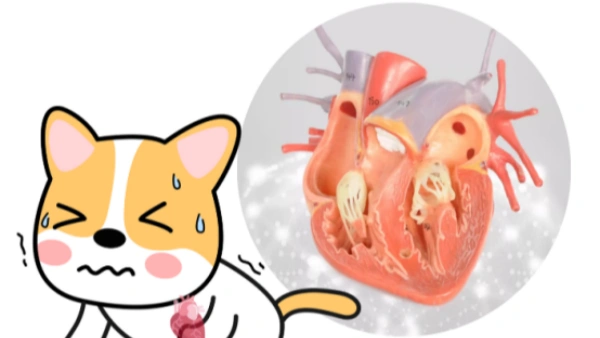
Signs of Heart Failure in Dogs: What Every Pet Owner Should Know

How To Comfort a Dog with Congestive Heart Failure


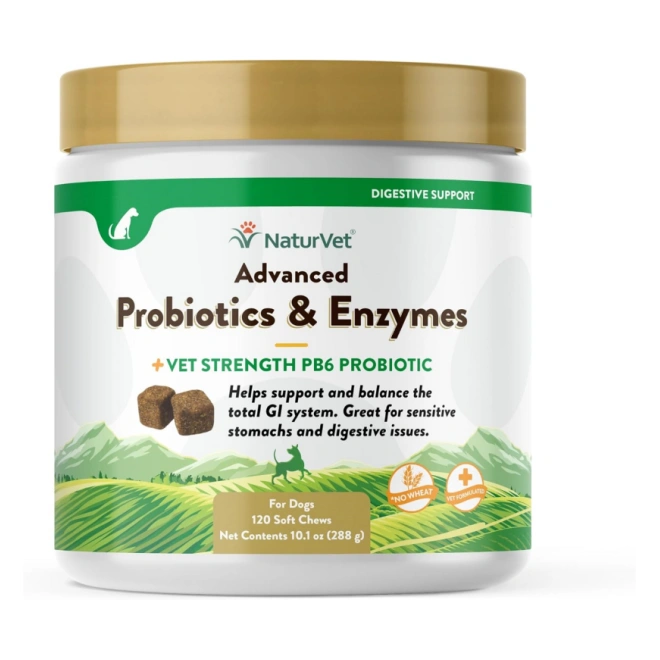
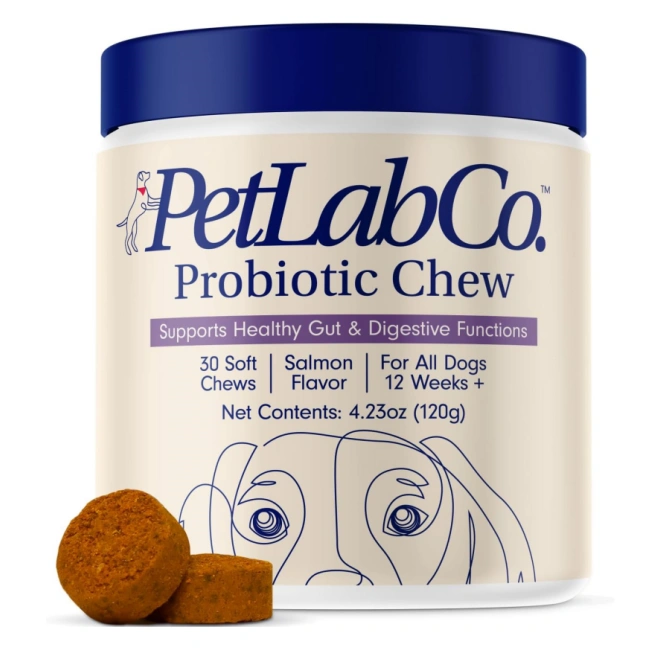
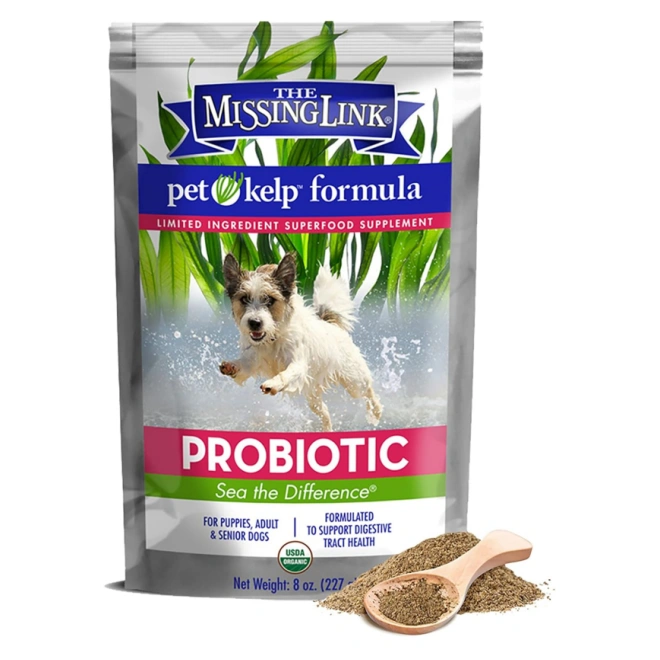
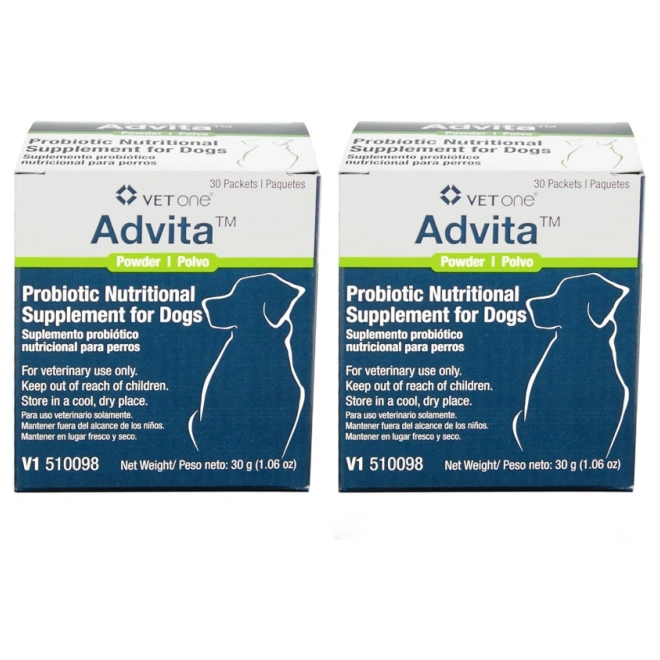








Leave a Reply